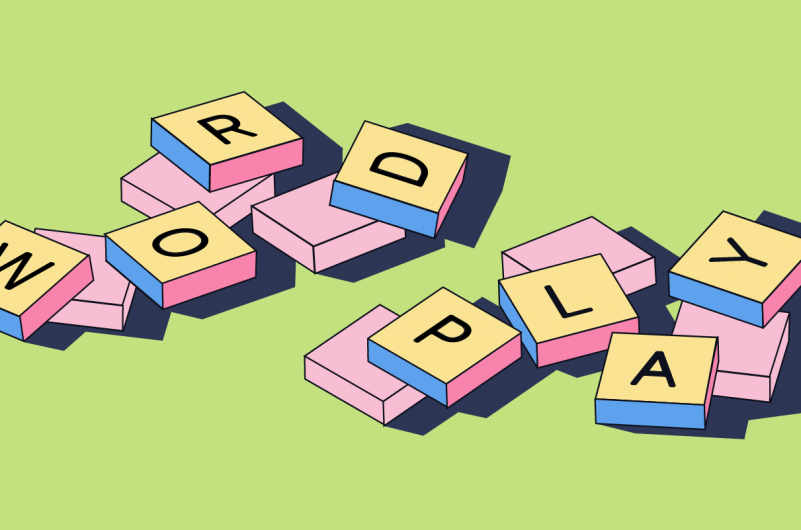Humor is one of the most culturally sensitive elements in translation. What makes someone laugh in Warsaw might fall completely flat in London or New York—not because the joke is bad, but because the humor relies on cultural cues, rhythm, wordplay, or idiomatic expressions that simply don’t transfer into English. When handling Polish to English translation and localization, translators quickly learn that humor requires something more than accuracy. It requires transcreation—the creative rewriting of jokes, punchlines, or comedic moments so they evoke the same emotional reaction in a different audience.
Polish humor often blends sarcasm, absurd imagery, folk references, clever wordplay, and everyday exaggeration. These layers collapse when translated literally. That’s why professional translators rebuild the joke from scratch, preserving intention rather than structure. In this article, we’ll explore six types of Polish humor that don’t survive literal translation. You’ll see real examples, understand why they break in English, and learn how transcreation keeps the comedic impact alive across cultures.
- Wordplay Based on Polish Grammar Gender
Polish humor often plays with grammatical gender—a linguistic tool English doesn’t have. For example, jokes that rely on switching a noun’s gender for comedic effect lose meaning entirely in English. Because there’s no equivalent mechanism, translators rebuild the humor using a different comedic device, such as puns or playful phrasing. The goal shifts from preserving the structure of the joke to preserving its comedic function, ensuring English readers react with the same amusement Polish audiences feel.
- Jokes Involving Diminutives and Nicknames
Polish uses diminutives to add affection, sarcasm, or irony to names and objects. A joke like “Chcesz kawusię czy herbatkę?” sounds humorous because of the exaggerated sweetness of the diminutives. In English, “Would you like a little coffee or a little tea-tee?” sounds odd or childish. Translators instead recreate the tone—perhaps by using an overly polite or sugary phrase—to mimic the comedic effect. This is a textbook case of transcreation: the original linguistic device is replaced with something culturally appropriate.
- Folk Humor and Rural Expressions
Polish comedy often draws on folk sayings or rural metaphors. Expressions like “Głupi jak but z lewej nogi” (“As stupid as a left shoe”) sound funny in Polish but oddly specific in English. Translators find culturally familiar equivalents such as “dumb as a brick” or “not the sharpest tool in the shed.” Choosing the right replacement requires understanding not just the words but the attitude of the original phrase—witty, blunt, and slightly absurd.
- Absurdist Humor and Nonsense Phrases
Polish humor leans into absurd images like “What does gingerbread have to do with a windmill?” or “He’s looking for a hole in the whole cheese.” These expressions entertain Polish audiences because they’re culturally embedded nonsense. Literal translation confuses English readers, so translators recreate the absurdity with English-friendly nonsense phrases or witty retorts. The goal isn’t accuracy—it’s achieving the same comedic confusion or surprise.
- Situational Sarcasm and Dry Polish Wit
Polish humor is famously dry, often delivered with a straight face and minimal emotion. A sarcastic line like “Świetnie ci idzie, naprawdę” (“You’re doing great, really”) may sound sincere in English unless tone is adjusted. Translators rebuild the sarcasm using clearer cues, such as additional context or alternative wording. English sarcasm tends to be more exaggerated, so the challenge is balancing authenticity with clarity. Success depends on preserving the character’s intention rather than the sentence structure.
- Humorous False Friends and Language Confusion
Sometimes Polish humor intentionally misuses English-sounding words or creates comedic “false friends.” A character might say something like “Jestem totalnie stresowany” (“I’m totally stressed”), playing on Poles’ tendency to borrow English terms. This humor disappears when translated back into English. Translators recreate the joke by introducing a different form of linguistic confusion—perhaps a character misusing a fancy English word or mixing jargon incorrectly. This maintains the comedic spirit even when the original wordplay is impossible to preserve.
Conclusion
Humor is the final frontier of translation—and Polish humor, with its layers of grammar-based jokes, rural sayings, absurd metaphors, and dry sarcasm, often demands full transcreation rather than traditional translation. As we’ve seen, literal accuracy rarely preserves comedic effect. Instead, translators must rebuild the punchline using culturally familiar expressions, alternative metaphors, or rewritten scenarios that deliver the same emotional response.
Whether you’re translating a Polish game script, a comedy series, marketing content, or dialogue-heavy fiction, humor requires creativity, confidence, and a deep understanding of both cultures. The key is to focus not on the literal words but on what the audience is supposed to feel. When transcreation is done well, English readers laugh in all the right places—even if the joke they’re reading is technically different from the one Polish audiences saw.
FAQs
- Why does Polish humor require transcreation?
Because much of it relies on cultural or linguistic features that don’t exist in English. - Can Polish jokes ever be translated literally?
Sometimes, but only if the imagery or wordplay works in both languages. - What’s the hardest part of translating humor?
Preserving the emotional impact while adapting structure and tone. - Do professional translators rewrite jokes completely?
Yes—if needed. Preserving laughter matters more than preserving wording. - Is Polish humor culturally different from English humor?
Yes. Polish humor is often drier, more absurd, and more linguistically complex.


